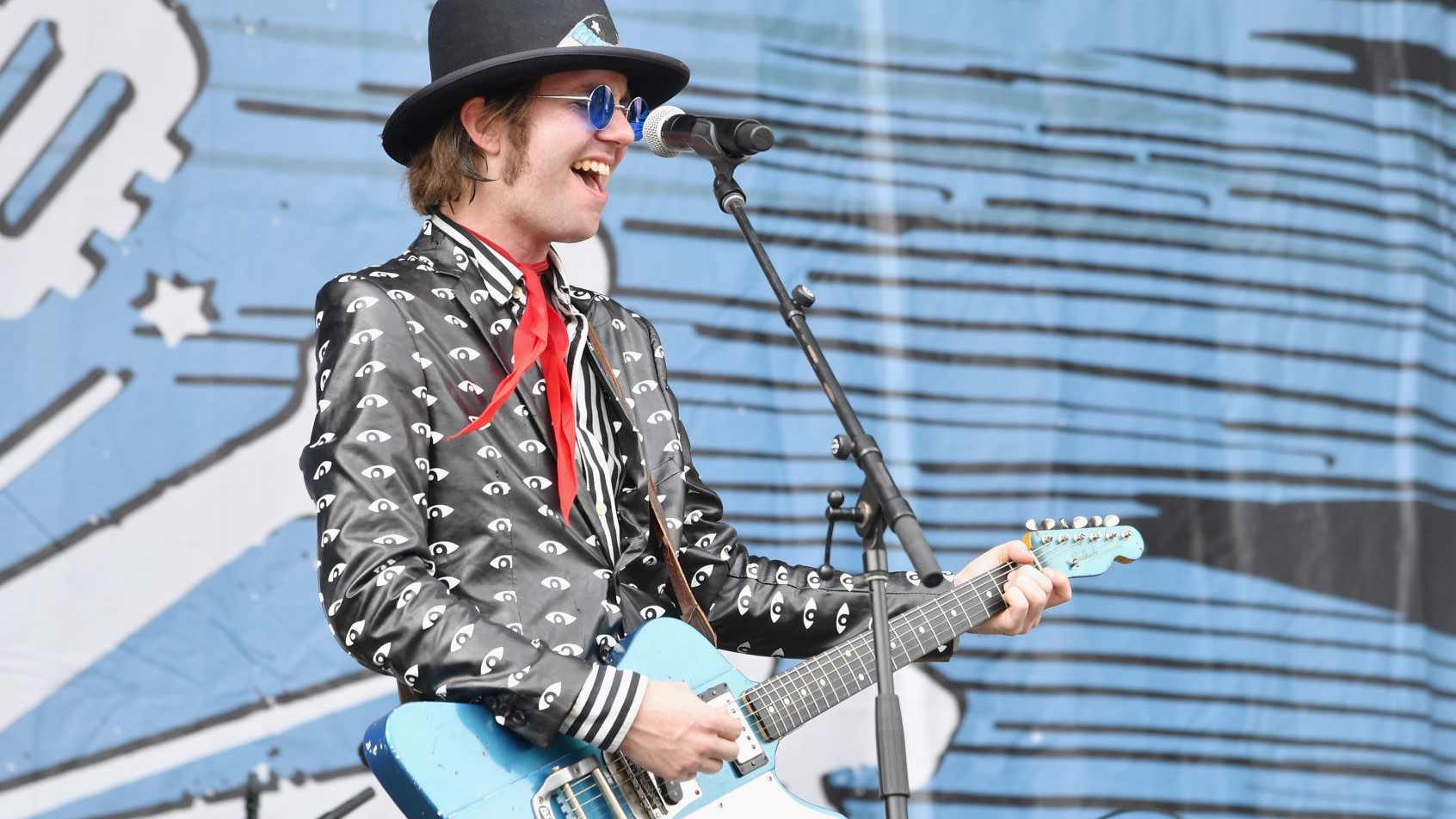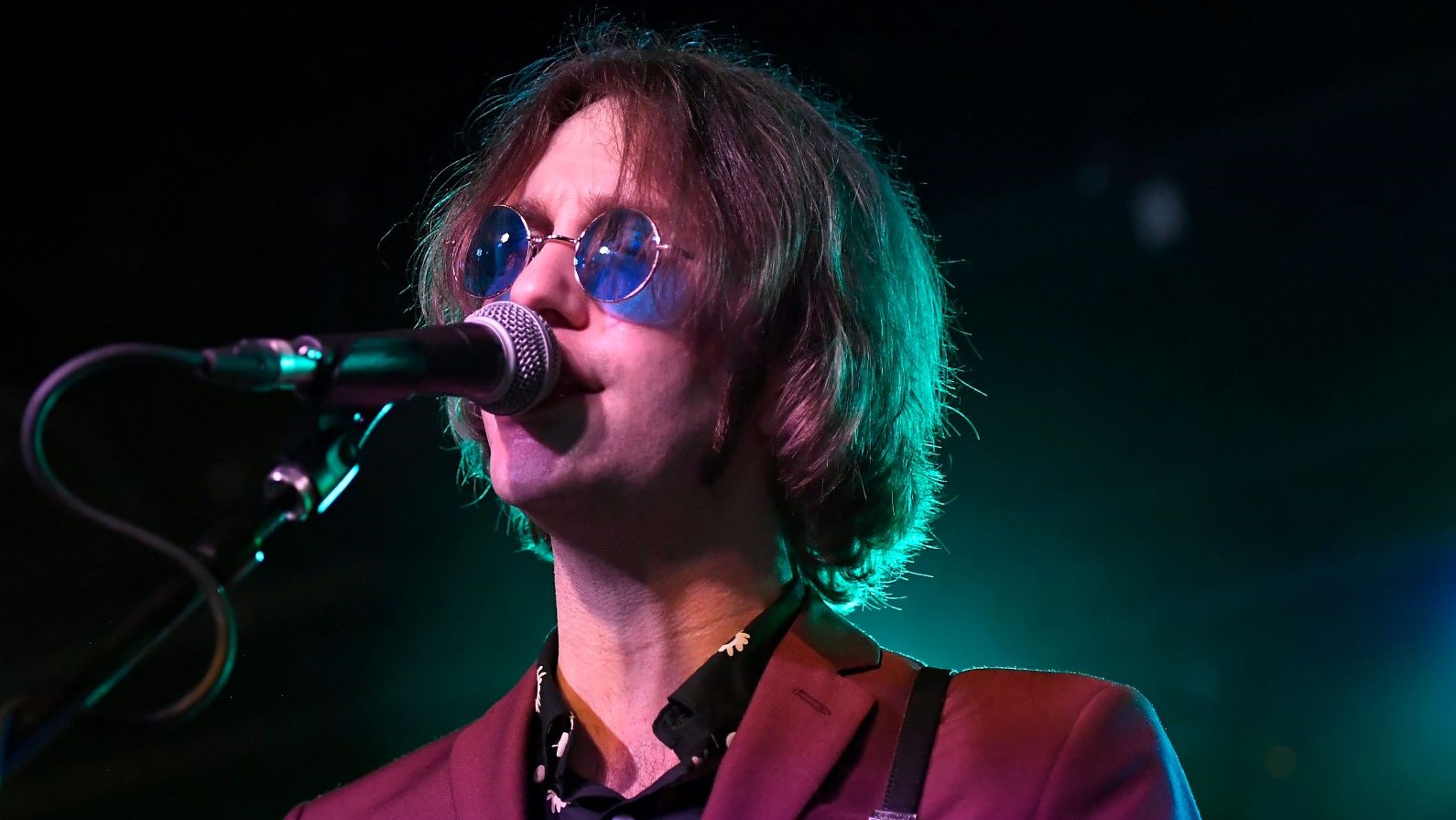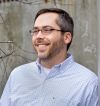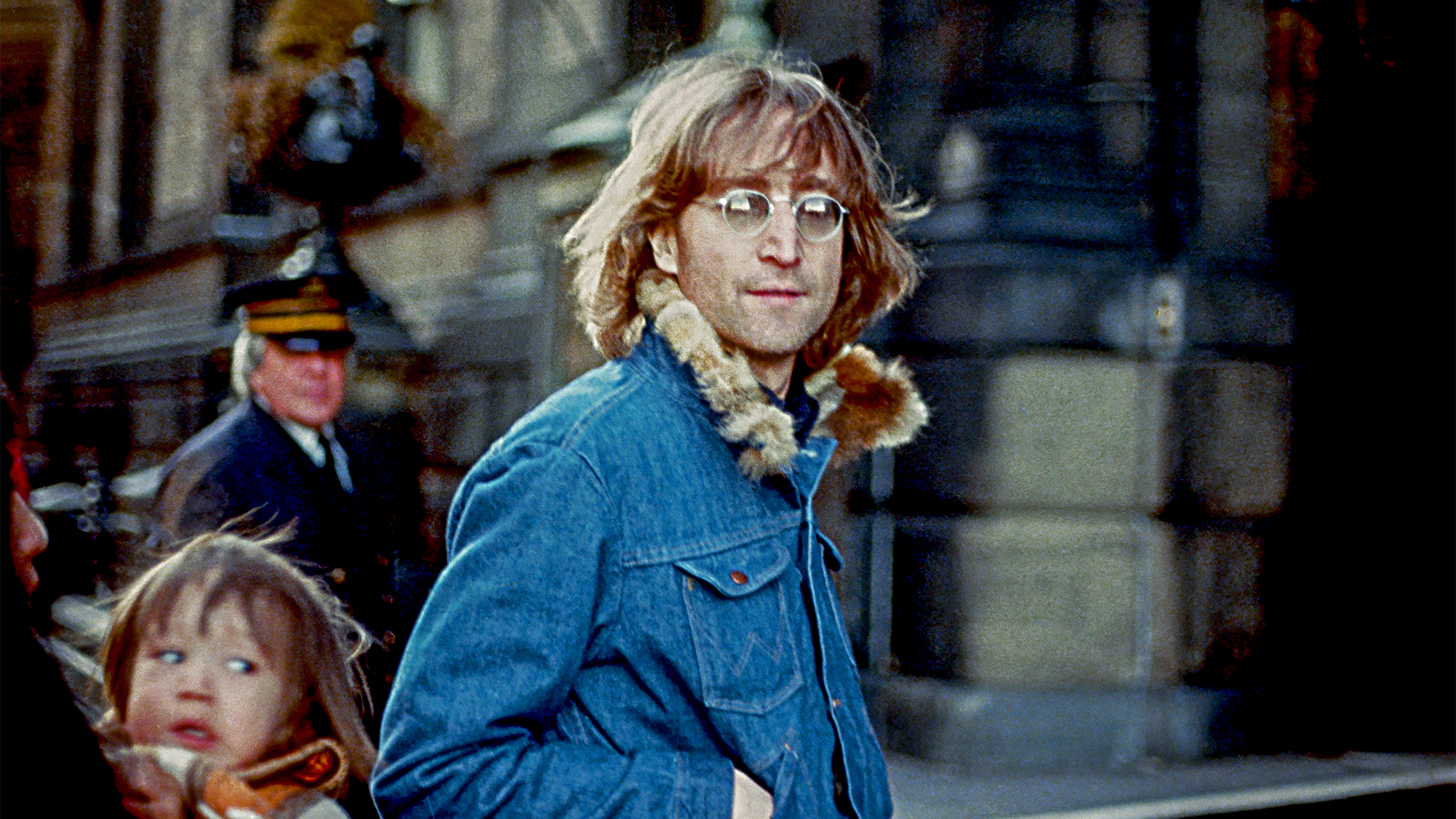“The Best Stuff Happens Accidentally. You Don’t Quite Know How You Got There”: Aaron Lee Tasjan Talks Getting In the Zone
The guitarist’s latest album ‘Tasjan! Tasjan! Tasjan!’ is full of psychedelic surprises.

How Aaron Lee Tasjan spent his lone semester at the Berklee College of Music says a lot about his interests as a guitar player. After winning a scholarship through a high school jazz band competition, he largely put off attending class, preferring to hole up in his room and listen to Wilco’s experimental-pop classic Yankee Hotel Foxtrot on repeat.
“Berklee was really eye-opening in a lot of ways,” he recalls. “Just sitting in the room with some of the other kids that were warming up, I thought, I’m probably not going to be a jazz guitar player for a living any time soon if this is the competition. At the time, I was really hungry to play gigs. I had a lot of hot air in my head and I just wanted to get on with life.”
He blew off academia and took his six-string vision to New York City, where he helped form the avant-garde rock group Semi Precious Weapons, whose opening act was often a pre-stardom Lady Gaga. Tasjan also played sideman to a succession of established artists, including Sean Lennon, the New York Dolls and Drivin N Cryin, before moving to Nashville to begin a solo career.

Tasjan has a reputation as a chameleonic musician, sliding easily from the Doug Sahm and John Prine songwriting sensibilities of his early releases, In the Blazes and Silver Tears, to the warped psychedelic rock and pop of 2018’s Karma for Cheap.
On his latest album, Tasjan! Tasjan! Tasjan! (New West), he jangles six- and 12-string electrics into Tom Petty and George Harrison territory on songs like “Up All Night” and “Sunday Women,” refracted through a lens as mind bending as the tinted frames he often wears onstage.
His eclectic musical tastes carry over to his custom-made electric guitars, too. His go-to axes are a trio of Southside electric mashups built by Tom Gauldin in Birmingham, Alabama, including a Firebird-style six-string with a Bigsby tremolo, a Tele neck and a humbucker/ single-coil pickup configuration. His main 12-string electric was made by Scott Gorsuch of Gorsuch Guitars in Columbus, Ohio.
Compared to your earlier albums, it sounds like you went gear crazy on Tasjan! Tasjan! Tasjan!
All the latest guitar news, interviews, lessons, reviews, deals and more, direct to your inbox!
I suppose that’s fair. I have always been a fan of that psychedelic sound that the Beatles developed and went crazy with. Also, Radiohead’s OK Computer was a big record for me, and so was Yankee Hotel Foxtrot. I’ve always been interested in music that has those sonic embellishments. What I also noticed about those records is that the effects might be amazing and thrilling to listen to on headphones, but you can play those songs on an acoustic guitar around a campfire and everybody will want to sing along. I thought that if I can keep a classic feel to the songs, then I can do some of these wilder things sonically, something that makes it more exciting to listen to, hopefully. That was the goal.

How did you carry out that vision?
I wanted to create guitar sounds that didn’t sound like guitars. On “Up All Night,” for example, a lot of the stuff that sounds like synthesizers is actually guitars. I did that with the guitar’s tone knob and pickup selectors and my effects, including the Electro-Harmonix Synth9, which I used on that. I also have the Strymon Deco pedal, which emulates tape saturation, delay and flange. I would blend those with the guitar and then roll enough of the tone off so you couldn’t hear the character of the pick hitting the strings. It sounded more round and mellow. That allowed me to get these sounds that were more like synthesizers. If you soloed the track, you could tell it was a guitar, but in the track it does have a bit of mystery to it. I’m always trying to seek out musical situations that feel that way.
If you soloed the track, you could tell it was a guitar, but in the track it does have a bit of mystery to it. I’m always trying to seek out musical situations that feel that way.
Aaron Lee Tasjan
Had you used a 12-string electric before this record?
Not in the way that I did on this album. Almost every song on this record has electric 12-string. I just love how you can use it like an orchestra. I think 12-string feels especially musical to me. I don’t always strum it; I love to pick it and solo on it and bend the notes and get weird overtones out of it. It feels adventurous.
There’s a Traveling Wilburys, Jeff Lynne/Tom Petty feel to the songs on the new album that lends itself to a 12-string setup.
When I was a kid, I used to fall asleep every night with a pair on headphones on, and nine times out of 10, the CD was Tom Petty and the Heartbreakers’ Greatest Hits – the one that had the Thunderclap Newman cover of “Something in the Air” and “Mary Jane’s Last Dance.” I loved all the eras represented on it, and it’s really well sequenced.

The first thing I got into musically was the Beatles. That branched off to other music of that era that my parents loved, which would have been the Byrds. I would have heard 12-string stuff there for sure. By the time I had gotten into Tom Petty, the needle was really deep. There were so many cool things coming out that had that vibe along the way, too. Pete Droge, to me, was the coolest thing since Elvis. The Pretenders were another big one for me. Those jangly 12-string guitars are a part of their thing, too.
You use hand-wired amps these days. What do you like in amplification?
I wanted something that could be versatile, because sometimes I’m playing 12-string electric but sometimes I’m still playing six-string stuff, and I want that to have a different attack and feel. I’ve come up with a scenario where I basically A/B between a Tweed Deluxe and a Fender Princeton that I had my friend rewire so it runs a little louder than Princetons normally do. There’s not necessarily more headroom, because when I’m playing the 12-string I do keep it pretty clean – pretty much straight and direct guitar and amp.
Everything is set to stun, and you can see the people in the front row get their hair blown back.
Aaron Lee Tasjan
The Tweed Deluxe is one of the newer Fender hand-wired models. The one I have is an Edge signature, so the low end is a little tighter than normal. There’s just nothing like it for rock and roll. I also like to play my acoustic guitar through my fuzz or overdrive pedals and into the P.A. It just pulverizes the sound. It’s like J. Mascis in Dinosaur Jr. Everything is set to stun, and you can see the people in the front row get their hair blown back.
You’ve previously said that your guitar playing can be “unreasonable.” What do you mean by that? Does that come out in your performances?
I think so. I feel like the best stuff happens accidentally. You don’t quite know how you got there. One time I was playing this festival, and the last song ended with a long guitar solo, and the band just kept going, and we got kind of Crazy Horse with it for a minute. The end of the solo just started getting completely insane. I didn’t even know how I was doing it or what was happening. I was sober, so it wasn’t like a hallucinogenic thing. I was just in the zone and enjoying the music.
We finished the set and someone was like, “That was amazing at the end. How did you do that?” I had no idea. Then I walked over to the side of the stage to move some of my gear off and I saw that the sun had shifted during our set and moved over the top of my tape echo machine and melted the tape. All of this crazy, wacky insanity that was coming out of my guitar was just the sun melting the tape in my tape echo machine. I was like, “Yes!” That’s the most ideal scenario you could possibly hope for, that when it melts it’s in front of people and during a guitar solo. You really couldn’t hope for anything better than that.

Click here to buy Tasjan! Tasjan! Tasjan!
Jim Beaugez has written about music for Rolling Stone, Smithsonian, Guitar World, Guitar Player and many other publications. He created My Life in Five Riffs, a multimedia documentary series for Guitar Player that traces contemporary artists back to their sources of inspiration, and previously spent a decade in the musical instruments industry.

